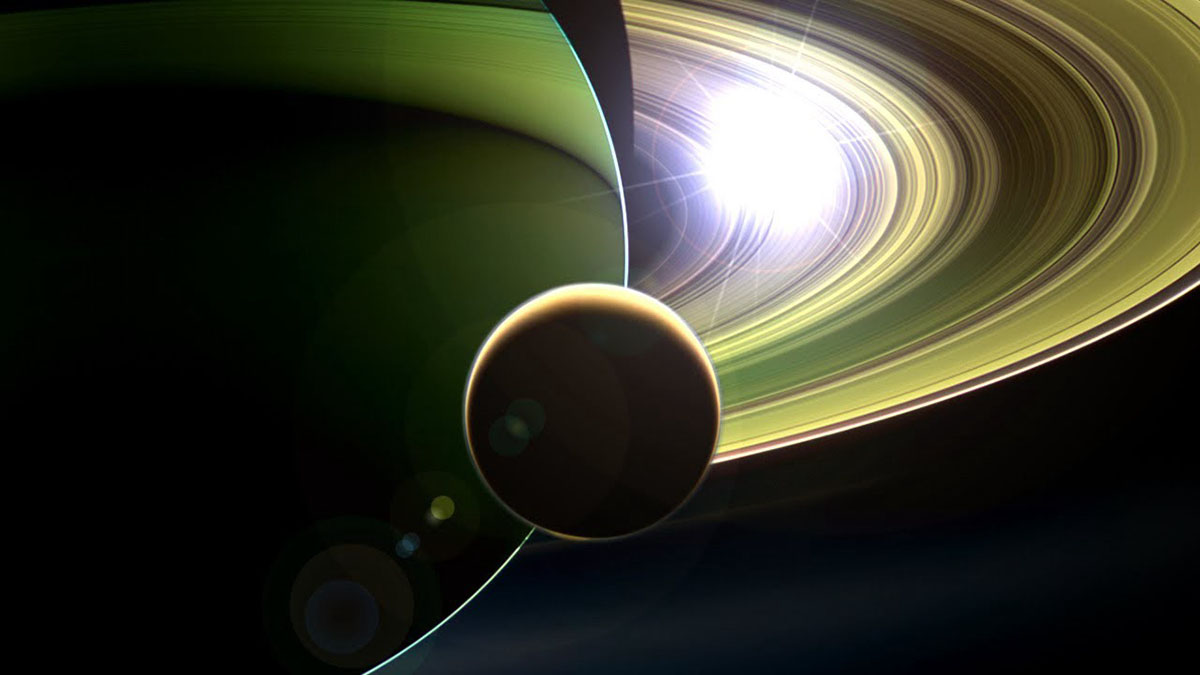in search of an alien eden

Our search for life on other worlds is about heat and water. Since we only know one type of life, the creatures that inhabit our planet, we’re narrowing our focus on environments that seem to resemble our own. So far, we have a promising result. Gliese 581c and 581d are rocky worlds, much bigger than our own but with the right conditions, extremely hospitable to pretty much everything from bacteria to complex animals that could evolve to overcome the high gravity. Even intelligent life isn’t out of the question and all that is only 20 light years away. When we’ll launch the Terrestrial Planet Finder in 2015, who knows how many other promising places we might find in a hundred light year radius.
However, even if we do find that our planet is pretty common and space around us is rich with nearly perfect habitats for life as we know it, we could still be missing something important. If we want to get a true idea of how widespread life in the universe really is, we need to consider other forms of life and different kinds of organic chemistry. In fact, while we’re spending a few billion dollars on searching for life on Mars, other places in our solar system might be better destinations for an alien safari. Chemistry doesn’t stop because it gets cold. It just takes on a different form. Moons we consider icy wastes could be teeming with life by relying not on heat, but on extreme cold and if they’re included in the final tally of habitable environments, they’d change how we see the distribution of alien organisms across the cosmos.
It all has to do with solvents. Life needs three things. Organic molecules that can combine into a working mechanism, something that can be turned into energy to maintain the mechanism and let it reproduce, and a solvent to help the mechanism build the chemicals it needs. On our world, water makes the perfect solvent. It’s liquid and non-reactive. On another planet, where water would quickly be frozen as hard as steel, another non-reactive liquid could take its place. In our solar system, Saturn’s moon Titan is a perfect example of a world where living things could be using a very different solvent with the same result.
Titan is a pyromaniac’s dream. Or rather it would be if all the flammable material that the moon is made of wasn’t frozen to -290F and there was oxygen in the atmosphere. Otherwise, it’s very much like Earth. It has volcanism, oceans, lakes and an active ecosystem where all the organic materials and solvents alien bacteria would need for food and metabolic processes are being recycled and exchanged. Organisms on Titan could be using liquid ethane in exactly the same way their counterparts on Earth use water. At those super-chilled temperatures and without oxygen in the air, ethane becomes a non-reactive fluid.
So what does all this mean for our efforts to find aliens? Maybe rather than devoting all of our resources to looking for underground bacteria on Mars, we should be looking on Titan and on the more conventionally promising habitats of Jupiter’s Europa. By spreading our search across multiple worlds and by considering different organic chemistries, we stand a far better chance of finding aliens than we do by betting it all on one planet. On top of that, finding alien bacteria which use totally different chemistry from their Earthly counterparts would make it a lot easier to prove that we discovered a bona fide extraterrestrial and not just some bacterium that hitched a ride on the spacecraft sent to the habitat in question. After all, our germs have survived on another world once before.





